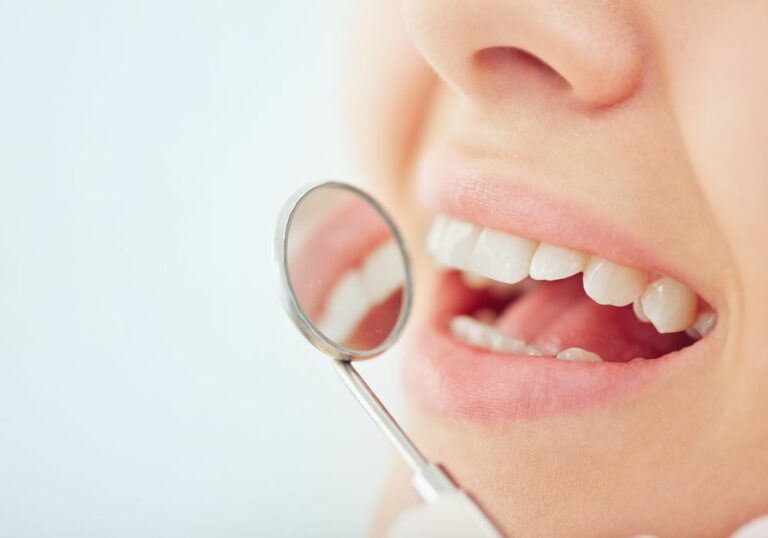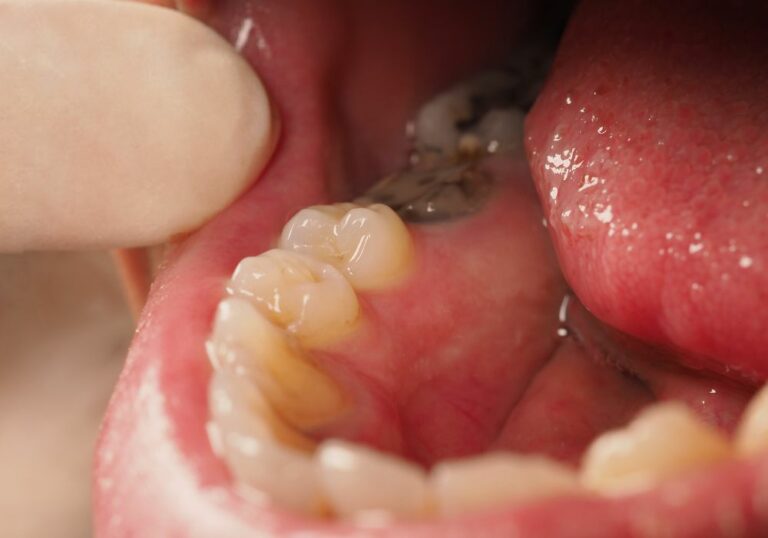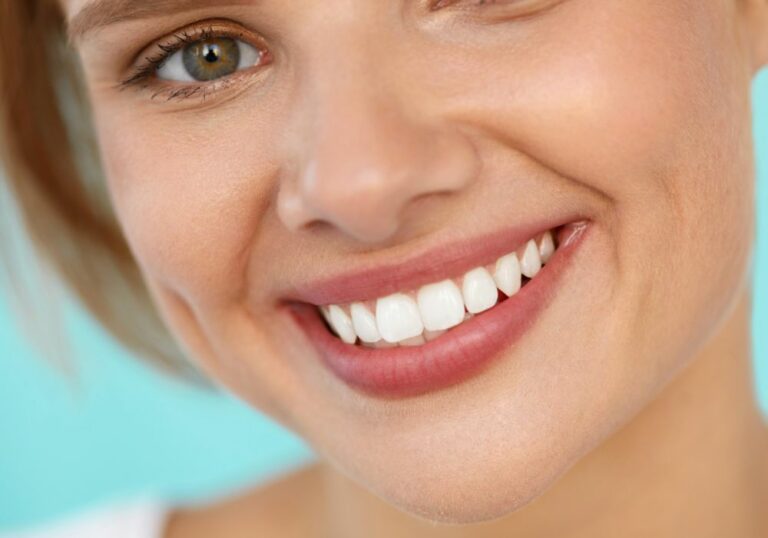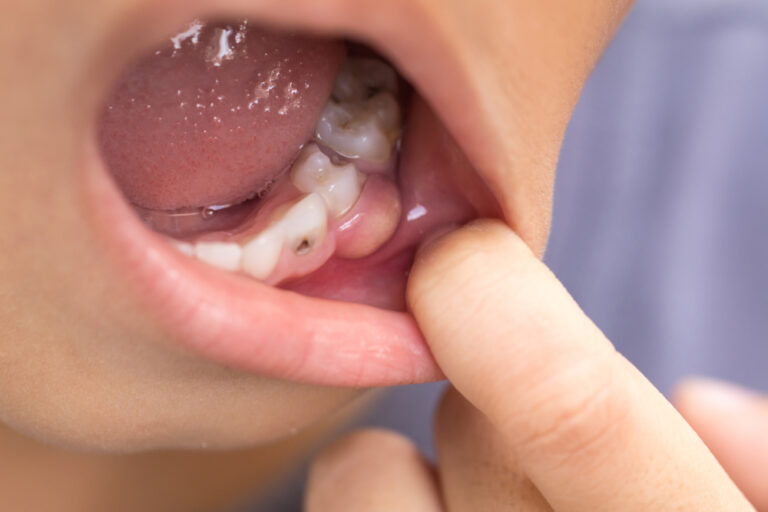As we grow older, our teeth naturally begin to yellow and darken from years of staining and accumulated plaque. Many people wonder if it becomes more difficult to whiten teeth as they get older. The short answer is yes, age can make teeth whitening more challenging. However, with the right techniques and products, people of any age can achieve whiter, brighter smiles.
Why teeth darken with age
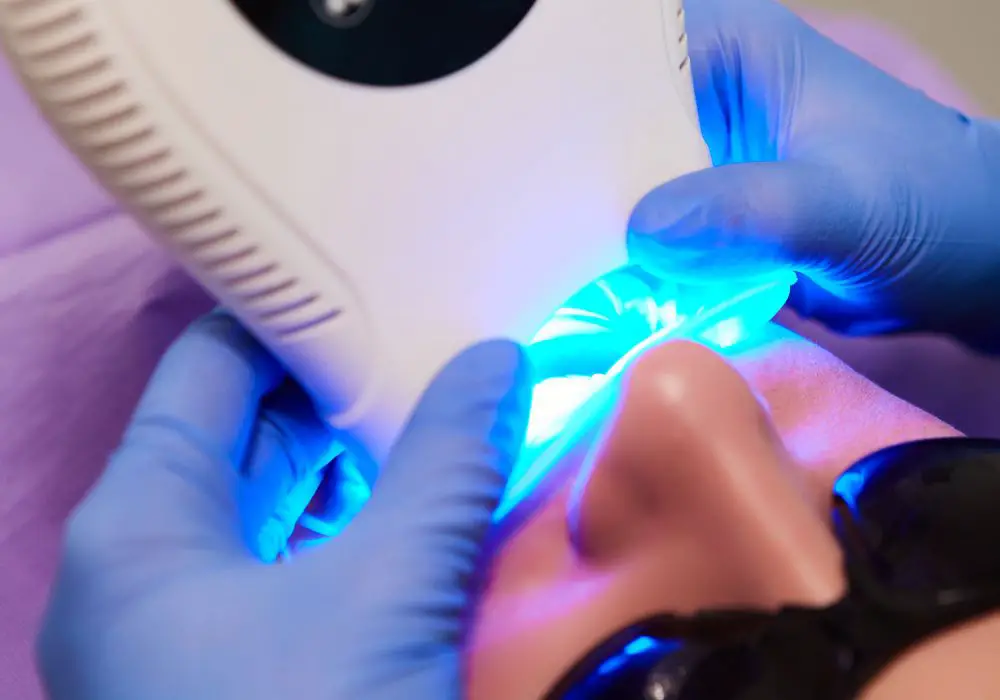
There are several reasons why our teeth tend to yellow and darken as we get older:
1. Thinning enamel
The enamel that protects our teeth thins over time from aging and acidic foods and drinks. Enamel is made up of millions of hydroxyapatite mineral crystals that can break down, erode, and become porous. As enamel thins, it loses its white opacity and translucency, allowing more of the natural yellowy color of the dentin underneath to show through. This makes teeth appear darker and more discolored.
2. Changes in dentin
The dentin layer under the enamel also darkens with age as the pulp chamber inside the tooth shrinks. The pulp contains nerves and blood vessels that nourish the tooth. Over many years, this pulp chamber becomes smaller, which causes the outer dentin to thicken and become more transparent with larger tubules. This reveals more of the dark, yellowy dentin through the thinned enamel above.
3. Reduction in saliva
Saliva contains minerals like calcium, phosphate, and fluoride that strengthen and remineralize tooth enamel. As saliva production decreases with age, teeth become more prone to demineralization, acidic damage, staining, and decay. Without the protective effects of saliva, enamel loses more minerals and becomes thinner and darker.
4. Receding gums
Gum recession is common in older adults, often due to years of brushing too hard. This exposes more of the tooth surface, including the darker inner dentin nearer the root. As the gums pull away from the teeth, it creates a “black triangle” gap that makes teeth look shorter, darker, and more yellow.
5. Long-term stain accumulation
Over many years of eating, drinking, smoking cigarettes or tobacco, and taking certain medications, residue slowly builds up on and penetrates deeper into the enamel. This embedded extrinsic staining over decades is very difficult to remove. Without thorough dental cleanings, it accumulates in the grooves and porosity of the enamel.
6. Dentin hypersensitivity
Age-related gum recession can lead to sensitive roots and dentin exposure. This dentin hypersensitivity may make intensive whitening treatments uncomfortable or painful for older adults. Bleaching agents seeping into the open dentinal tubules through the thinned enamel can be extremely irritating.
7. Micro-fractures and wear
A lifetime of chewing, grinding, and normal daily use can cause tiny cracks, fractures, and general wear and tear damage on the surfaces of teeth. This roughened, uneven enamel absorbs stains worse and appears darker as light scatters irregularly across the micro-fractures.
8. Less enamel regeneration
Enamel cannot regenerate or repair itself like other tissues can. The outer layers can remineralize if dental hygiene is excellent, but the amount of new enamel formed diminishes as we age. Older teeth cannot replenish and strengthen enamel as fast.
9. congential discoloration
Some people are born with intrinsically stained or discolored teeth due to excess enamel proteins, irregular mineralization, genetics, childhood illness, infection, trauma, antibiotics, or high fluoride intake. This intrinsic discoloration worsens with age.
10. Tetracycline staining
Taking the antibiotic Tetracycline can cause grey, brown, or blue-black band stains deep in the enamel layers as teeth are still developing in youth. These stubborn stains worsen and darken over time.
11. Amelogenesis imperfecta
This inherited condition impairs normal enamel growth, causing thin, weak, discolored enamel prone to chipping, decay, and disintegration over time. Teeth appear increasingly stained and translucent with age.
How age impacts whitening effectiveness
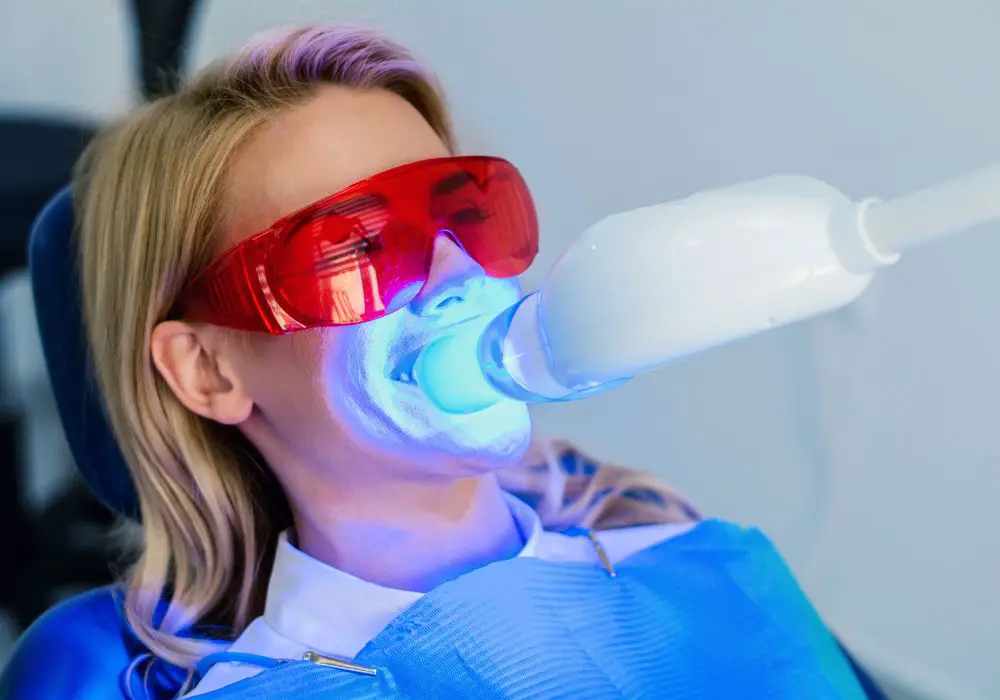
Due to these age-related changes, teeth whitening can become less effective and take longer to work as we get older. Here’s why:
1. Less peroxide penetration
Whitening gels use carbamide or hydrogen peroxide to penetrate the teeth and lift stains from within the enamel. As enamel thins and becomes more porous from aging, there is less robust surface area for the whitening gel to act upon. The peroxide cannot penetrate and spread as readily into the compromised enamel layer.
2. Lower peroxide tolerance
The pulp chamber in the center of teeth shrinks with age, bringing the nerves and blood vessels closer to the exterior surface. This makes the teeth more prone to sensitivity and unable to tolerate high concentrations of whitening peroxide. Prolonged exposure can irritate the near-surface pulp and nerve tissue.
3. Increased risk of gum irritation
Aged gums are more delicate and prone to irritation from ill-fitting whitening trays and high-concentration peroxide gels. The thinned gum tissue is unable to resist inflammation and damage from concentrated bleaching agents. This can lead to gum pain, swelling, and worsening recession.
4. More stubborn staining
Deeply embedded extrinsic stains and intrinsic discoloration in the dentin are more challenging to lighten as you get older. They require stronger doses of whitening agents applied over longer periods of time, which aged teeth often cannot handle without irritation or sensitivity.
5. Slower results
Between decreased enamel thickness, reduced peroxide diffusion into the enamel, and highly stubborn stains accumulated over decades, the teeth whitening process takes more applications and more time to see noticeable results as you get older. Younger patients with healthy enamel can whiten much faster.
6. Relapse and rebound
The thinning enamel on aged teeth is more porous and demineralized, making it easier for stains to re-penetrate and accumulate between whitening sessions. Older patients often need more frequent touch-ups as their teeth more rapidly re-stain and rebound to a darker color.
Tips for whitening aged teeth effectively
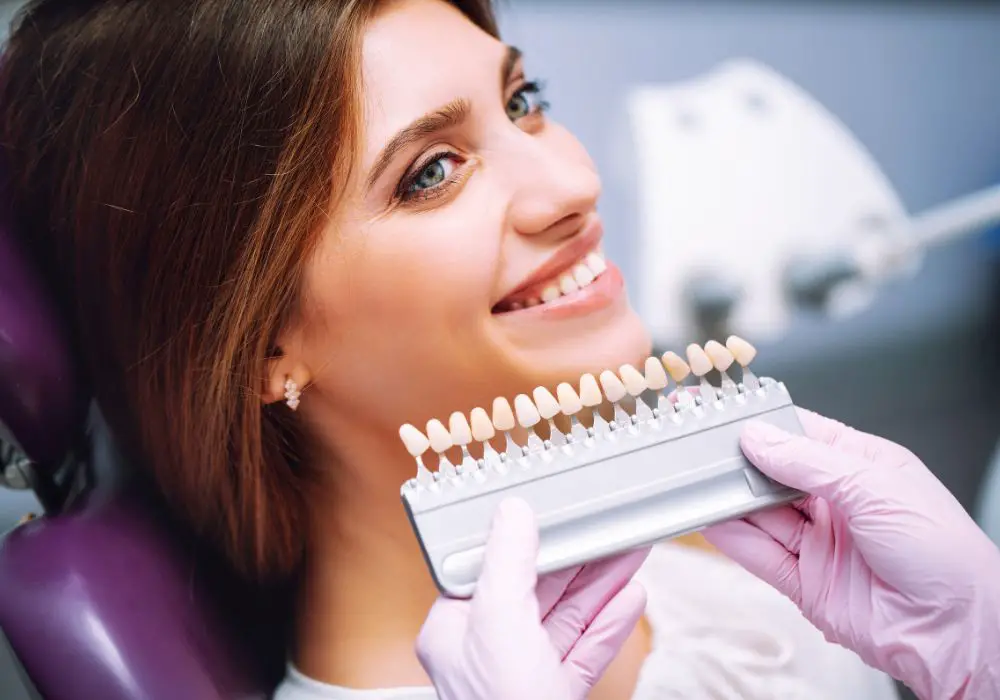
While teeth whitening can be more difficult with age, it is still possible to achieve noticeable lightening and brightness. Here are some tips:
1. Get custom-fitted whitening trays
Ill-fitting trays cause gum irritation and uneven whitening results. Invest in custom trays molded precisely to your teeth by your dentist for the most comfortable, effective application.
2. Use lower peroxide concentrations
Reduce sensitivity risks by using whitening gels with no more than 10-15% carbamide peroxide or 4-6% hydrogen peroxide. Standard drugstore kits often contain 10%.
3. Apply for shorter time periods
Limit whitening sessions to 10-30 minutes at a time instead of overnight application. This allows weaker enamel to benefit from the peroxide without prolonged over-exposure.
4. Repeat periodically
Since stains return faster in aged teeth, you may need more frequent whitening touch-ups every few months to maintain brightness, depending on the rate of re-staining.
5. Use desensitizing toothpaste
Brush with desensitizing pastes containing potassium nitrate or stannous fluoride for 1-2 weeks before and after whitening to help block sensitivity. They work by calming aggravated nerves.
6. Get professional treatments
In-office power whitening performed by a dentist can give faster results in one visit, especially for very stained or sensitive teeth. The equipment allows precise control over peroxide application and limits risks.
7. Improve daily habits
Be diligent with brushing, flossing, and dental cleanings to prevent stains from accumulating and embedding in aged enamel. Avoid smoking and cut back on staining foods/drinks.
8. Drink more water
Stay hydrated and drink more plain water, which naturally washes away stains and keeps saliva production flowing to protect enamel.
9. Use remineralizing products
Strengthen weakened enamel with daily use of remineralizing toothpaste, mouthwash, gels, and chewing gum to replenish lost minerals.
10. Try antioxidants
Some studies show antioxidant supplements like vitamin C, CoQ10, and lycopene may help reduce sensitivity during the whitening process. Always consult your doctor first.
11. Boost collagen
Collagen supplements or bone broth may help strengthen gum tissue, reducing irritation and recession risks when whitening aged teeth. More research is still needed.
12. Use whitening rinses
Whitening mouth rinses with low peroxide levels can help maintain brightness between sessions. Swish for 60 seconds once or twice daily.
13. Avoid darker foods/drinks
Cut back on staining beverages like coffee, tea, wine, soda, and juice. Choose lighter-colored foods like apples, carrots, cauliflower, chicken, rice, pasta.
14. Steer clear of citrus
Acidic citrus fruits and juices can erode enamel. Either avoid them or rinse with water afterward to dilute acidity.
Professional whitening methods
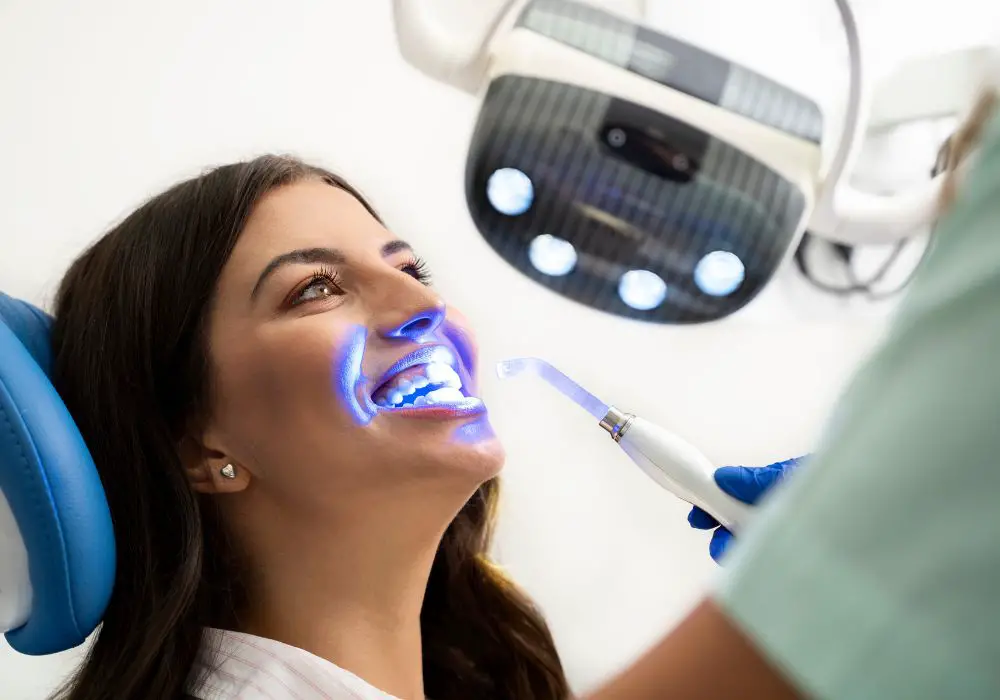
For those who find over-the-counter whitening insufficient for aged, heavily stained teeth, professional whitening performed by a dentist may be required. Some of the most effective clinical methods include:
1. In-office power whitening
Uses higher 25-35% hydrogen peroxide concentrations applied in-office for faster results in 1 hour with minimal sensitivity. Often combines light or laser activation.
2. Take-home trays with dentist-dispensed gel
Custom fitted trays are filled with stronger 15-25% carbamide peroxide gel and worn for 2-4 weeks at home. More gradual lightening for sensitive teeth.
3. Whitening strips
Special flex-fit whitening strips developed for professional use are coated with stronger 5-10% hydrogen peroxide gel. Worn for 30 mins daily for a few weeks.
4. Light-accelerated whitening
A hydrogen peroxide gel is painted on teeth and activated by shining a specialized LED light to speed up the whitening reaction. Less risk of heat or sensitivity.
5. Laser whitening
A concentrated 35% hydrogen peroxide solution is applied, and then a specialized dental laser shines on the teeth to rapidly enhance the whitening effect. Fast results in one visit.
6. Internal tooth whitening
For severely discolored teeth, the dentist can access the inner tooth and apply concentrated peroxide or ozone gas directly inside the pulp chamber for dramatic color change from the inside out.
7. Air abrasion
Fine particles are sprayed onto the teeth at high speed to painlessly remove superficial stains and roughness on the enamel’s surface without drilling.
8. Remineralizing gel
After whitening, remineralizing gels or pastes may be applied to help rebuild enamel mineral content and stabilize the whitened color.
When to avoid whitening aged teeth
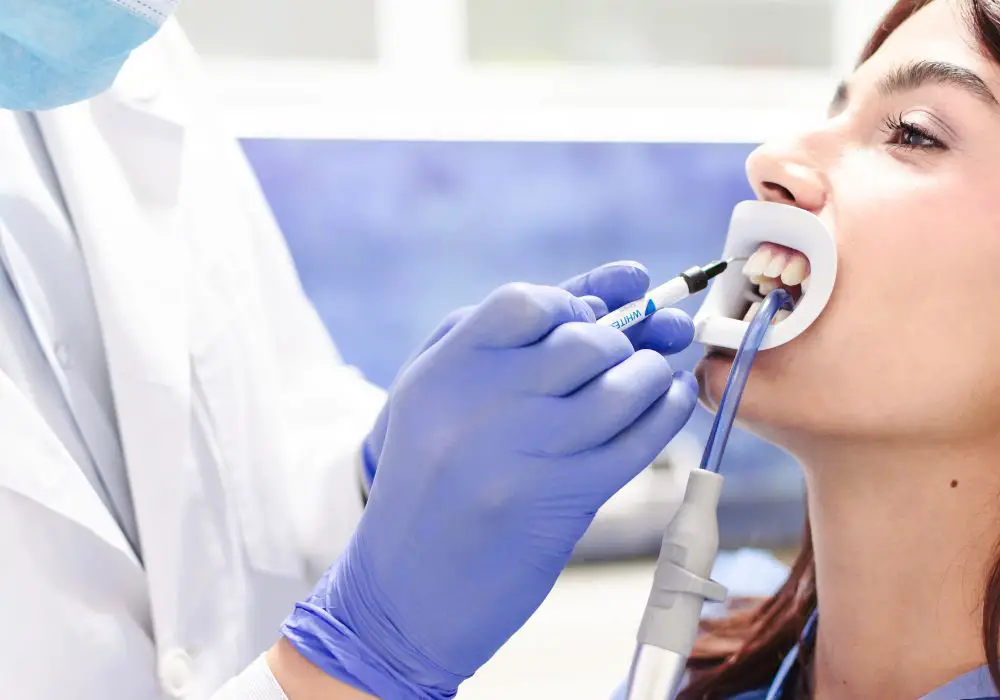
While most people can whiten their teeth safely with care, some circumstances involving aged or damaged teeth may make whitening ill-advised. It is best to avoid whitening if you have:
- Severe gum disease, recession, or periodontal pockets
- Teeth with large fillings, crowns, or thin veneers
- Cracks, fractures, leaks, or other structural flaws in enamel
- Extreme root sensitivity, exposed dentin, or open cavities
- Damaged nerves or pulp inflammation
- Recently undergone dental surgery or procedures
- Orthodontic appliances like braces or retainers
- Unhealthy habits like bulimia, acid reflux, or methamphetamine use
- Allergies or existing toxicity to peroxide compounds
Always consult your dentist first before undergoing any teeth whitening if you have existing dental conditions, restorations, or concerns about age-weakened enamel. Professional guidance is key to avoiding complications.
Maintaining a bright smile for life
While mature teeth present some unique challenges, anyone at any age can achieve a whiter, more vibrant smile. The keys are using conscientious whitening methods adapted for your age, consulting with your dentist, and taking daily preventative care to nourish and protect your enamel. With the advanced procedures and products available today, you can enjoy long-lasting dental brightening results safely even into old age. Make dental health a priority no matter how old you get.
FAQ About Whitening Aged Teeth
Q: Is teeth whitening safe for seniors?
Yes, whitening is safe for most healthy seniors provided they use an appropriate low-concentration peroxide gel and take precautions to minimize sensitivity. Consulting a dentist is advised.
Q: Should I get my teeth cleaned before whitening as an older adult?
Yes, it’s recommended to get a dental cleaning and checkup prior to teeth whitening over age 50. This removes tartar buildup that could cause gum irritation and optimizes whitening results.
Q: What percentage of carbamide peroxide is best for older teeth?
For aged teeth, carbamide peroxide gels of 10% or less are recommended to reduce risks of sensitivity. Common over-the-counter kits use 10%, while dentists may prescribe up to 15% for short-term use.
Q: How long do whitening results last on older teeth?
Whitening lasts 1-3 years typically on young teeth, but may last only 6 months to 1 year for those over 50 before touch-ups are needed due to faster re-staining.
Q: Is activated charcoal powder safe for whitening aged teeth?
No, abrasive charcoal should be avoided for aged teeth as it can damage worn enamel and dentin and cause severe sensitivity issues. Milder whitening gels are safer.
Conclusion
While teeth yellowing and darkening can feel inevitable with age, everyone deserves a bright, confident smile regardless of age. Safely whitening mature teeth is possible with the right strategies, such as using custom trays, lower peroxide concentrations, regular touch-ups, and professional guidance. While it may require more time and effort, even those with aged, delicate teeth can achieve noticeably whiter and younger-looking smiles. Don’t let your age discourage you from pursuing a brighter, more vibrant smile. With the latest dental advances and techniques, maintaining a radiant smile can be a lifelong reality.

